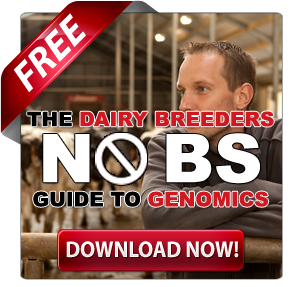Producing The Bullvine keeps us in touch with the best people in the world – dairy breeders. The unlimited passion, commitment and enthusiasm that they share with us is awesome. We recently struck pure dairy gold when we reached out to Neil and Melanie Hunter of Hometown Jerseys in Bath, Ontario. If you can believe it, they thanked us for the opportunity. Neil responded, “You don’t often take time to take a picture of your activities and just stand back and look at it. I decided to write it as it happened so somebody can give it to our grandkids.” And what a story he forwarded to us! In the Hunt family we call it the stuff legends are made of. The legend of Hometown is a two part series: Part 1: Against All Odds Part 2: Beating the Odds
Against All Odds
Unlike most dairy stories, the hero and heroine did not grow up on dairy farms but were infected with the bug through family, friends and mentors who turned their interest, into passion and eventually into a shared dream. Their paths, separate and together, led them through part time employment, to flushing from proven cow families until by 2005 they were ready to risk it all and start farming on the farm they purchased from Melanie’s grandparents; the same grandfather who had given Melanie her 1st Jersey heifer.
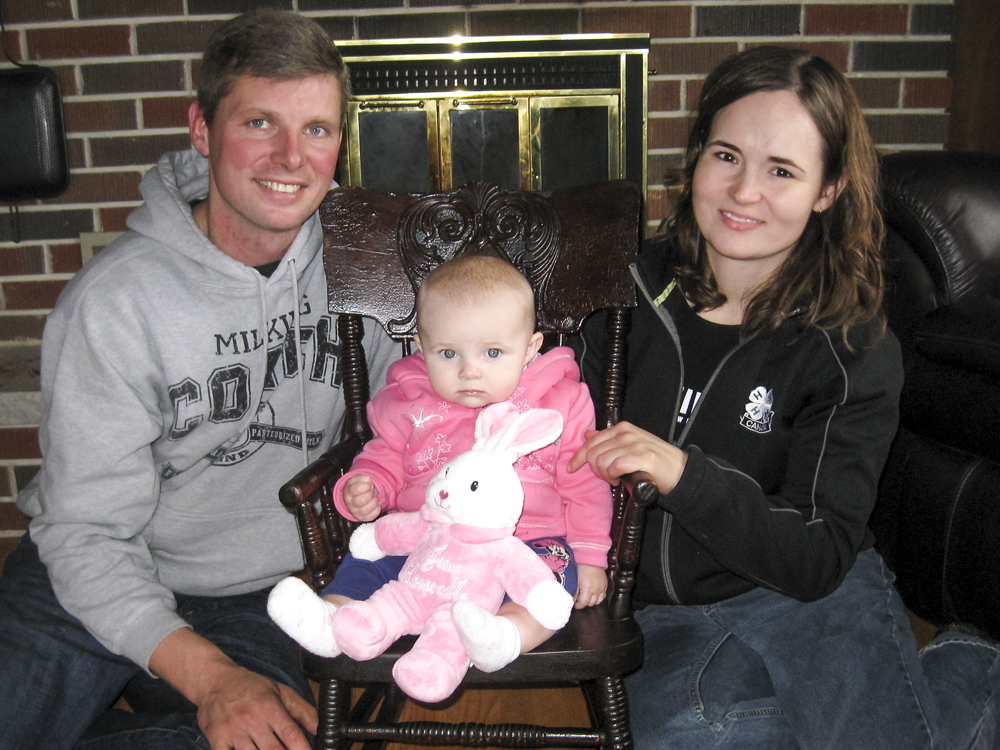
Neil, Chelsea and Melanie Hunter
Disaster Strikes Hometown More Than Once
Neil takes over the story. “In September 2002, I purchased 50 Holstein heifers and 5 old Jersey flush cows to provide my part of our future herd base. The following spring BSE hit and the fresh Holstein heifers I was counting on selling for $2200-$2500 that fall were now worth $500-$600. For those wanting to do the math, 50 x $2000 difference equals $100,000 in cash flow (all borrowed money). Luckily, the private lender holding the loan was pretty understanding about having to wait for his money until I had either worked it off or borrowed enough to cover it as I stepped into the next venture. Uncle Ralph Cherry (a past Holstein Canada President), was hired to help calve out these Holsteins and raise the ET Jersey calves until weaning, as I needed to work full-time and then some with such a big hole I had dug myself.” The hole may have been deep but Neil held to his dream and had prepared a detailed business plan for commercial lenders and, with a little bit of luck, had it approved. However…..
“The approved business plan had been to purchase the farm, 5.1kgs immediately and the balance of 25kgs of quota that fall at the budgeted $25,000/kg price tag. By the time bidding in the fall came around, the price was almost $30,000/kg and was no longer within the reach of our business plan and borrowing capabilities. We were stuck. Gut check time. Do we struggle along hoping for a break and find a use for our extra milk or quit? For the next 6 months we fed pigs, extra calves, etc. In the spring we managed a milking reduction sale, which included another herd of cows we purchased to increase our sale numbers in order to make it worth the trip for buyers. We sold everything saleable, leaving us with the ¾, old and high SCC cows and a few select unfresh heifers.” Keeping strong through all of these physical and financial setbacks would have been enough on their own, however, disaster seems to come in multiples. Sadly Neil relates what happened next to the first and one of the finest of Neil’s mentors.. “It was on the way home from the sale that Uncle Ralph Cherry, who so eagerly was there to assist where he could, died after hitting a transport.” It was definitely a very low day “Not only did we have to sell most of the cattle we were trying to build up but then we lost one of the key mentors of our efforts to that point.”
After Hard Knocks, Opportunity Knocks?
Obviously not ones to give up Neil and Melanie hung on. Finally, the break every start-up needs. We were provided with an opportunity to milk another person’s 30 cows and fill their quota for up to a year under DFO’s disaster relief program on a shared facility arrangement due to his sudden illness. This turned out to be the break every start-up needs. This opportunity allowed us to create cash flow, utilize the freshening cows/heifers of our own in the herd and create a financial track record for the financial institutions to scrutinize at a reasonable 35kg start-up level. It was kind of like our own DFO start-up program with the ability to equivalently rent all of the quota for 1 year to prove we could do it while holding down full-time jobs and therefore borrow that amount needed using our own cash flow records, rather than the estimated numbers for the average Holstein herd the banks wanted to compare us to.
“Around the time this opportunity ended, DFO was announcing the quota cap at $25,000 and related new rules. (Note: this was the $ level for quota we had previously been approved at) We could see that only being able to bid on a maximum of 10% of quota holdings each month was going to be like trying to climb Mount Everest since we only owned 5.1kgs.” And then came the decisions that make the Hometown story remarkable. Neil chooses his words carefully. “ After thorough scrutiny of the rule book, we made what is clearly the ballsiest (riskiest if you prefer) move to date. We sold our 5.1kgs in July in order to be considered a “New Entrant” on the September quota exchange.
A Special Anniversary Project
When many look back on anniversaries with candlelight and roses, Neil and Melanie share a much different memory. “Because we were an approved bidder without quota in September, we were allowed to bid on up to 35kgs and would get it as long as we were one of the 1st three bidders. Melanie and I spent our wedding anniversary sitting in the Purina Feed dealership office where I worked in order to utilize the direct line, high speed internet in Napanee. The glow of the heat lamp overtop of some unclaimed new chicks from earlier in the day was our candle as midnight approached. Not knowing whether DFO’s clocks were the same as ours, we sat with the internet form filled out with our bid, hitting the bid button and the back button for the last 10 minutes before midnight. The closer it got to midnight, the faster I would do it. Fingers sore and heart racing as blinding button punching speed ensued until… pop! It was done. Our bid was accepted. It was not for a few days before we knew that our bid got in 1st and we were going to ship 35kgs of milk starting October 1st. Yes, we finally had achieved our goal.” Was there every any doubt Bullvine asks?
Alert for Opportunities
As we follow these two on their dairy quest it is obvious that they are not ones to rest on their laurels. Soon they would respond to another opportunity. “Yet another dairy farmer had fallen ill. Having heard about our past shared facility agreement, he contacted us to see if he could work with us to utilize the DFO disaster relief program and move his 20kgs of quota to us as well while his teenage son decided to go to school the next fall or stay home to milk cows. Since we are gluttons for punishment and needed the cash flow, we agreed. We phoned the bank and our rep wasn’t going to be able to come out to for a couple of days to discuss our needs. The trusses for the new building to be used to house the new herd of cows and swing them in/out of the tie stall arrived 30 seconds after the banker stepped out of his car later that week. After quickly showing the driver where we wanted the trusses, we presented our new business cash flow and borrowing needs to the banker for the 1st time. It was one of those make it or break it meetings early in a business relationship that had to go well. That day, and several times since, that same banker realized we had a plan, but weren’t afraid to change it as new opportunities needed to be capitalized on. Milking 60 cows in a 40 cow tie stall barn, while maintaining 2 full-time jobs, nearly killed us for 9 months, but gave the business a much needed cash flow boost and left another structure the dairy barns needed to support the eventual goal of 50 milking cows and supporting young-stock.” Opportunity knocks but not everyone has the Hunter’s welcome for hard work while chasing possibilities and potential.
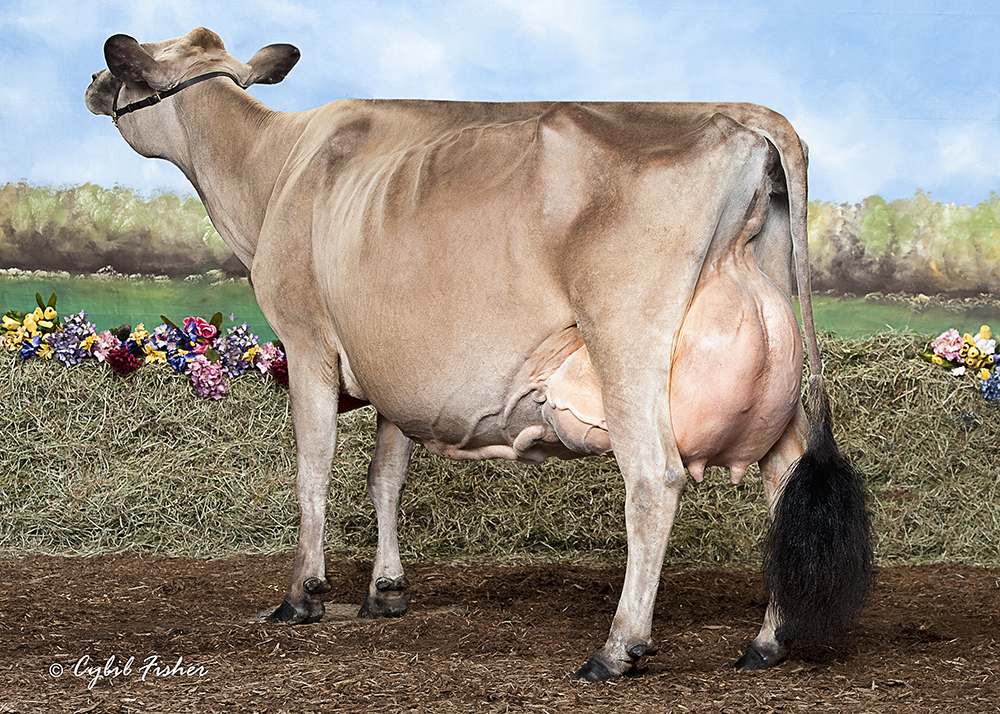
Way-Bon Counciller Mystery SUP EX 95-5E
HM. Grand Champion – NY Spring Show 2013
2nd Place 100,000 Lb. Cow – NY Spring Show 2013
6th Place Mature-Cow – Royal Winter Fair 2010
1st Place Mature-Cow – Ontario Spring 2010
2nd Place Mature-Cow – Ontario Summer 2010
4th Place Mature-Cow – Royal Winter Fair 2009
Nominated All-Canadian – Mature-Cow 2008
6th Place Mature-Cow – Royal Winter Fair 2008
4th Place Mature-Cow – Ontario Spring 2008
Nominated All-Canadian – 5-Year-Old 2007
3rd Place 5-Year-Old – Royal Winter Fair 2007
Female Offspring:
8 Daughters Average 87.75 Points
Including 3 Excellent Daughters
Dam of Semex Genomax Sire: Hometown On The Money
Hometown Jerseys and Genomics
The Hunter’s vision for the future allows them the occasional rose colored glasses viewpoint but they never wear blinders and are always ready to look into the leading edges of science and technology. Genomics came knocking next. “That fall, after the RAWF, we had too much time on our hands so we surveyed the activities and new technology being rolled out in the Holstein industry in the form of genomics. Since we had sold our 1st bull to AI (Hometown On The Money @ Semex – On-Time x Way-Bon Counciller Mystery SUP EX 95-5E) we had some new found confidence that this was a business we could do as well in the Jersey breed. We reviewed what key breeders in the Holstein circles had done to utilize genomics in the year before Jerseys started releasing information.” This time Neil and Melanie didn’t have to use a heat lamp to work on the internet but they did stay up late says Melanie.”Three months of nightly research went into finding a high genomic Jersey family which we felt had a similar type standard to the herd we were developing. To get into this venture, it was imperative that the new cows could be appreciated by all breeders and that they would “fit in” whenever visitors came to view our herd.” This opportunity would mean taking to the road as described by Neil. “A trip to Greeneville, TN to Gabys Jersey Farms with childhood neighbour and adored Jersey Master Breeder, Bill Fletcher was planned. The goal was to purchase Gabys Blair Aruba, a VG 87 2 yr old and sister of the then #1 JPI Jersey cow in the US, Gabys Artist Ambrosia. Ambrosia had been the #1 cow for an unprecedented 24 months straight. After a very enjoyable day-long tour of the 150 milking cows and equal number of heifers, we were left dumbfounded by the deal offered. We elected to purchase the cow we went for, Aruba, a sister to her dam and 50% of Ambrosia. Ambrosia was clearly the most expensive cow in the offering, but by buying 50% of her, a long-term relationship was about to be built sharing the American breeding guidance and marketing connections of Henry Gaby for the foreseeable future.” The planning had paid off. What next?
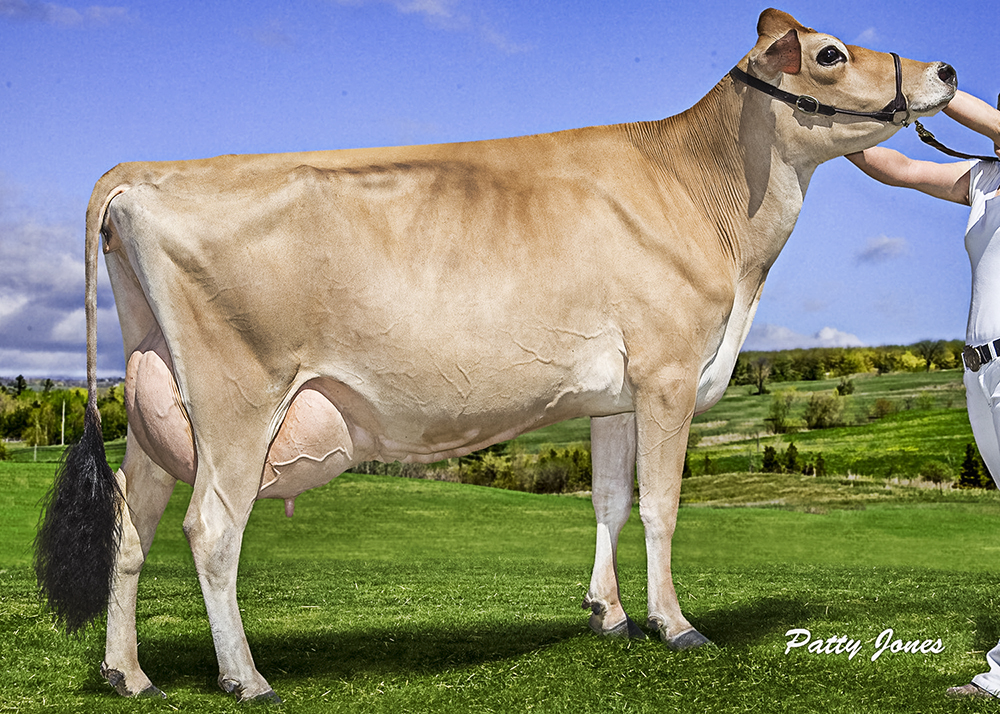
Gabys Blair Aruba VG 87 2 yr old
#1 Protein, #2 Fat and #2 Milk among genomically tested
cows in Canada in December 2010
Full sister to former #1 JLPI cow – Gabys Artist Ambrosia
Dam of Gabys Arrow at Semex
Hometown IVF Ready
Not ones to shy away from the unknown Neil reports Hometown’s first experience with IVF. “All of Greeneville purchases stopped at Transova Maryland, for our 1st experience with IVF on their way to Canada. It was also the place where we made exportable embryos to Canada by a sire Mack Dairy Region, who was the highest type sire in the US, but not available in Canada. These embryos became part of the 1st genomic marketing effort in Canada by Hometown. 10 embryos were offered in the RJF Red Carpet Sale that summer with 2 bull contracts and a 2 bull, 1 heifer guarantee. Nothing like this had ever been done before in the Jersey breed and caused lots of discussion (pro/con) when it sold to John Claessens, Ingersoll, ON for the highest price of the day at $22,000. Genomics had officially arrived in the Canadian Jersey breed!” As they say on TV, obviously, Fear Wasn’t a Factor for Hometown Jerseys” as their enthusiasm for elite cattle breeding continued to grow.
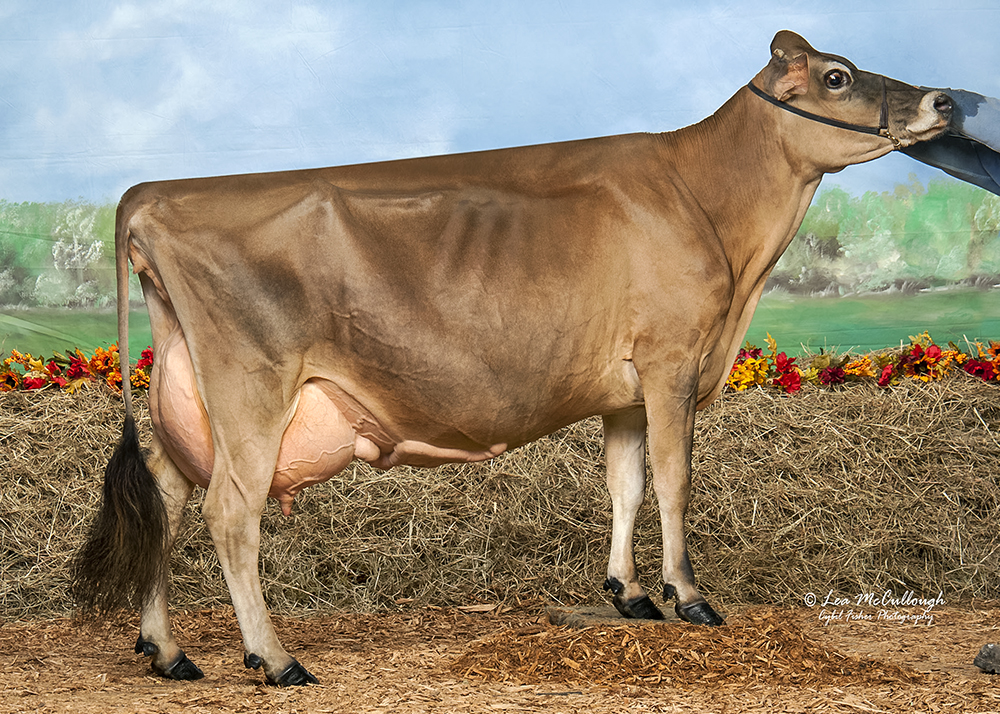
Gabys Artist Ambrosia EX 91
Former #1 JPI Cow (for 24 months)
Two Second-calve daughters with maximum lactation scores in the US of EX-91
Five sons in A.I.
4th generation EX bull dam
“More Opportunities Right Around the Corner”
Neil and Melanie exemplify how enthusiasm breeds more enthusiasm and soon they were finding another way to get ahead of the curve but this time in “Polled” Jersey cattle. Neil explains, “I had learned of a really high genomic test for a polled “Legal” son of a cow I had picked out of 350 cows in the Schultz herd of Jim Huffard, of Virginia, on the way down to Gaby Jersey Farms in 2010. The test would make this 6 month old calf the highest ranking “Polled” bull within any dairy breed ever; being released around #8 in the Jersey breed. With this knowledge in hand, I reconnected with Jim Huffard and purchased Schultz Mygent Chilli-P EX. Back to Transova-Maryland we went for extensive IVF.” Hometown was very literally living the part of the dream where the rubber hits the road.
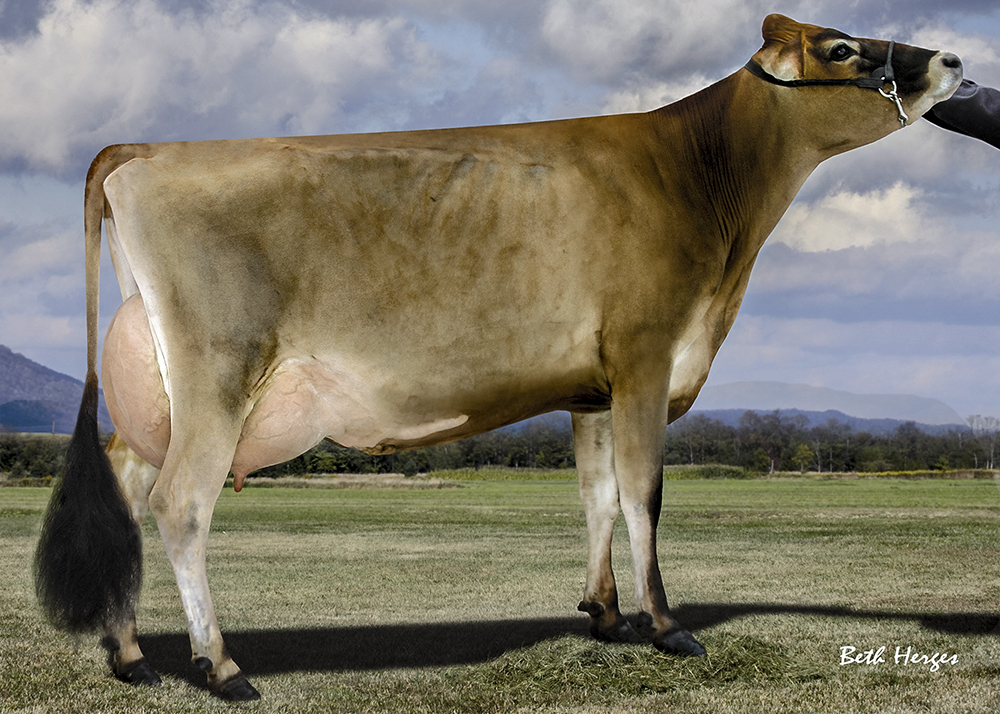
Schultz Mygent Chili-P EX-90
She is a polled daughter of Schultz Paramount Mygent-P out of a Hallmark dam. She has a GJPI of +179 (04/11).
Another Hurdle or Another Hometown Opportunity?
Sometimes we miss opportunities because they come disguised as too expensive or too risky. Neil and Melanie have been there and done that … but they never let it hold them back from their continued quest to add the best genetics. They did the pedigree research to make that happen and as they tell it, “We tripped onto a son of a past RAWF Champion, Huronia Connectn Crystalyn SUP EX 95-3E. The bull was by Impressive Indiana (probably the best Renaissance son who was not available in Canada). When I approached Lorne Ella, Hornby, ON to purchase Rock Ella Impression, I was told that I would have to outbid AI, namely ABS. After inspection of the bull, we agreed to pay the price asked as long as we had the opportunity to purchase at least 50% of Crystalyn and be able to take her home to work with her. After a couple of days, Lorne phoned back with the offer to purchase all of Crystalyn at double the price. Not knowing where we would find that money too, Melanie and I jumped at the chance to own this world renowned Jersey cow. It was clearly a huge honor to have this revered Jersey Master Breeder sell to a young, upstart couple like us, what we thought was his best bred Jersey cow. We also knew she had a huge number of admirers/marketability. Having the bull’s semen sales pay for them both was the NEW plan!”
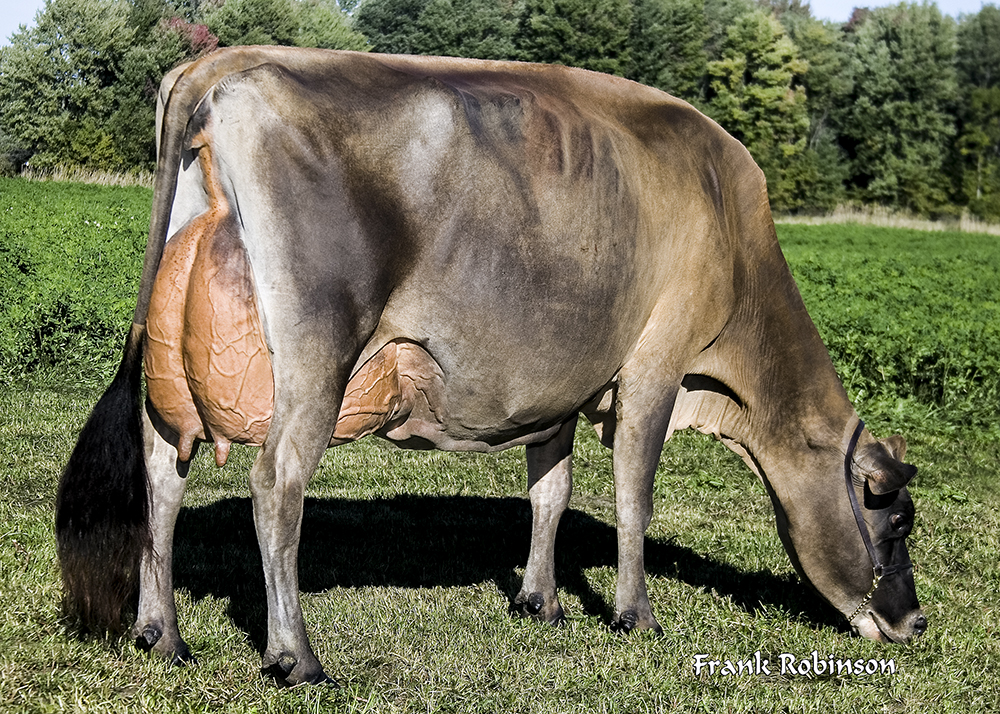
Huronia Connectn Crystalyn EX-95-2E
the 2006 Royal Grand Champion and All Canadian in 2006 and 2007. Neil and Melanie purchased Crystalyn from Lorne Ella along with her son, Rock Ella Impression (by Indiana)
The Bullvine Bottom Line
Having a solid plan is what gave Melanie and Neil their start at Hometown Jerseys and against all odds they have continued to build toward success. Don’t miss Part 2 of their story “Beating the Odds.”

Get original “Bullvine” content sent straight to your email inbox for free.
Other posts you might like:




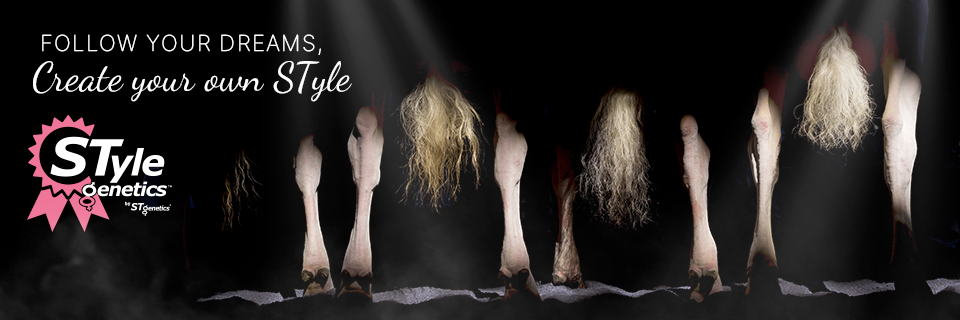


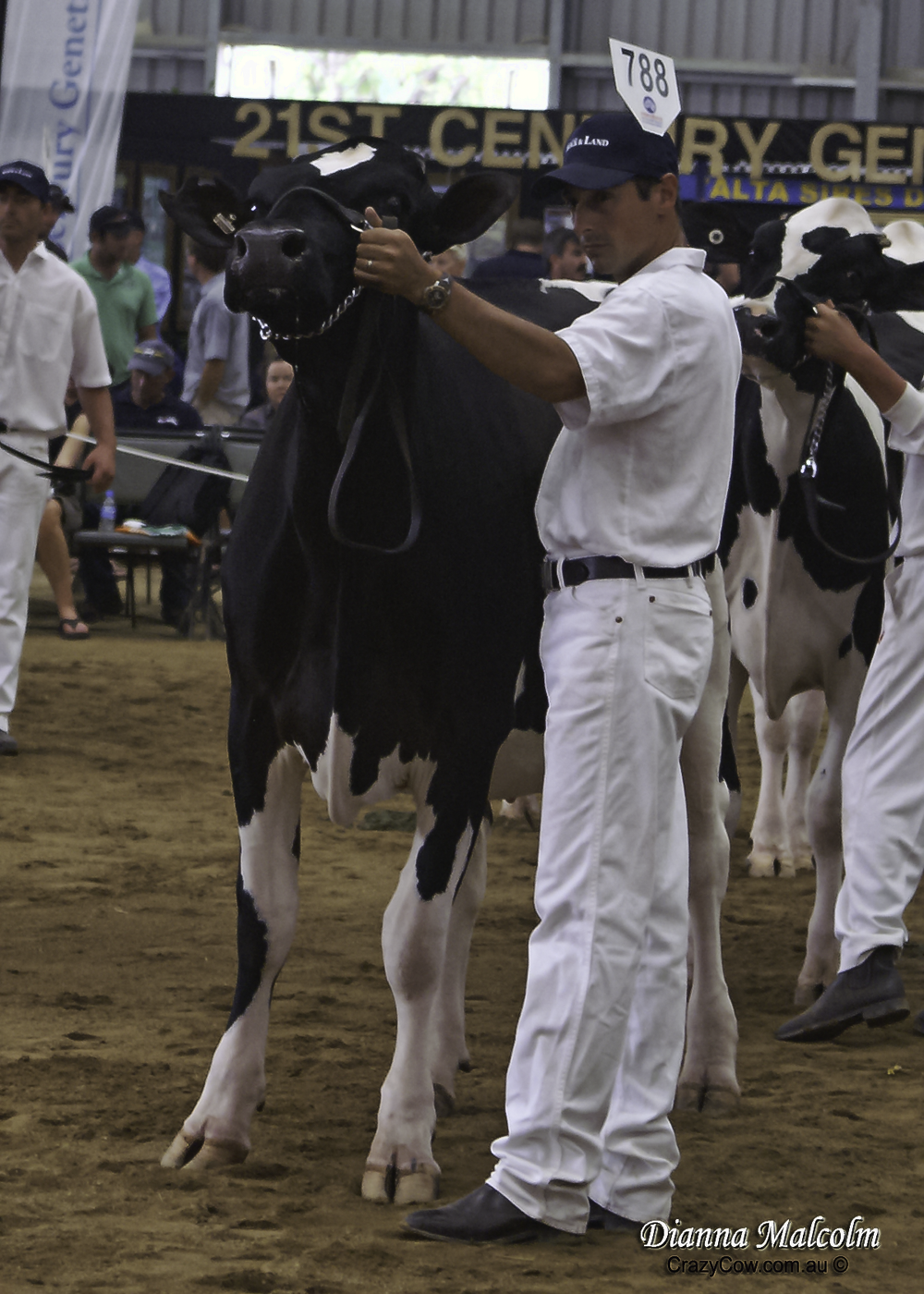

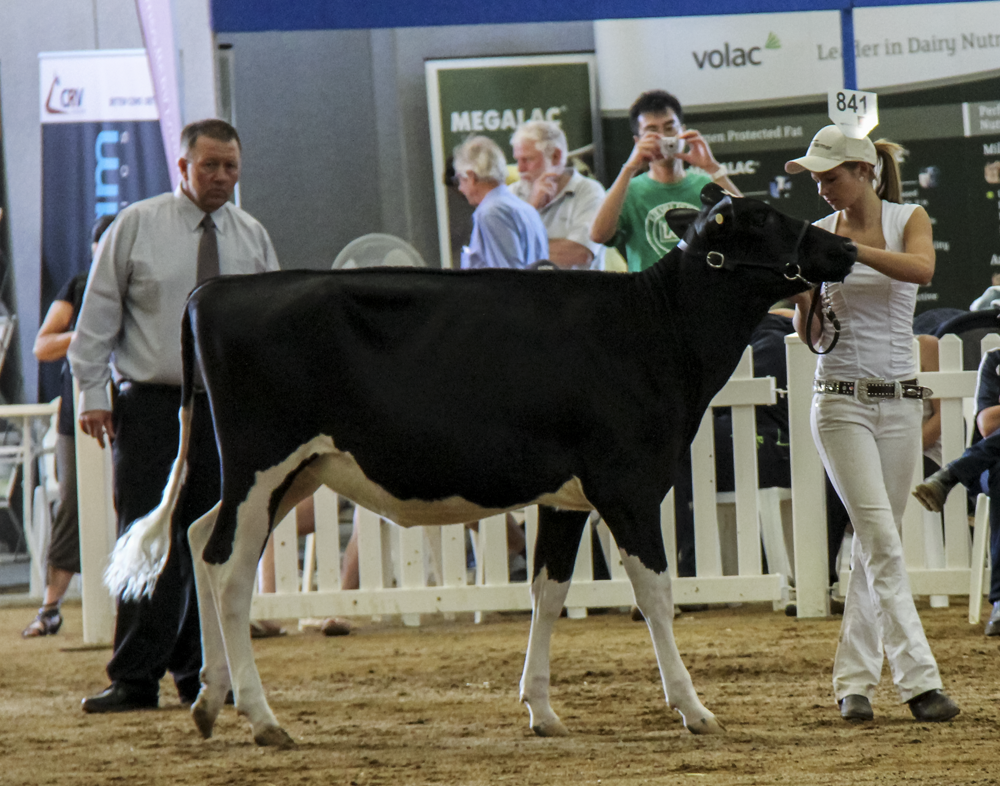
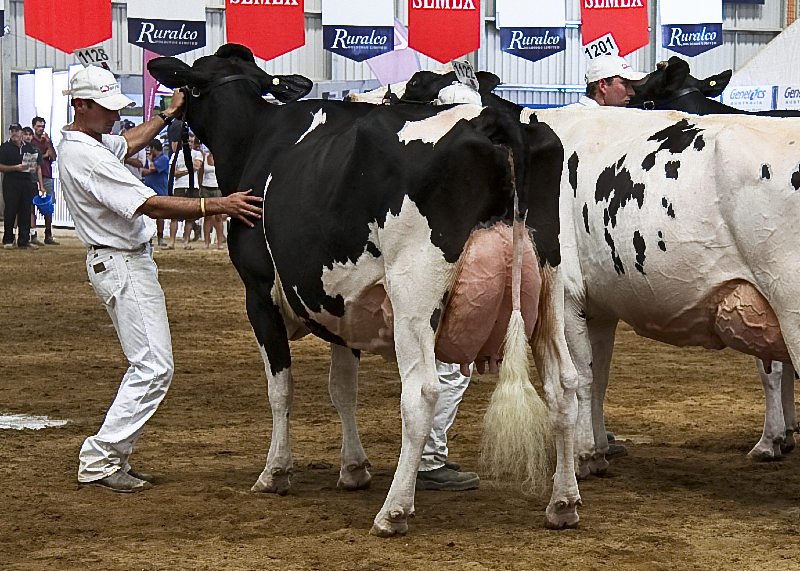
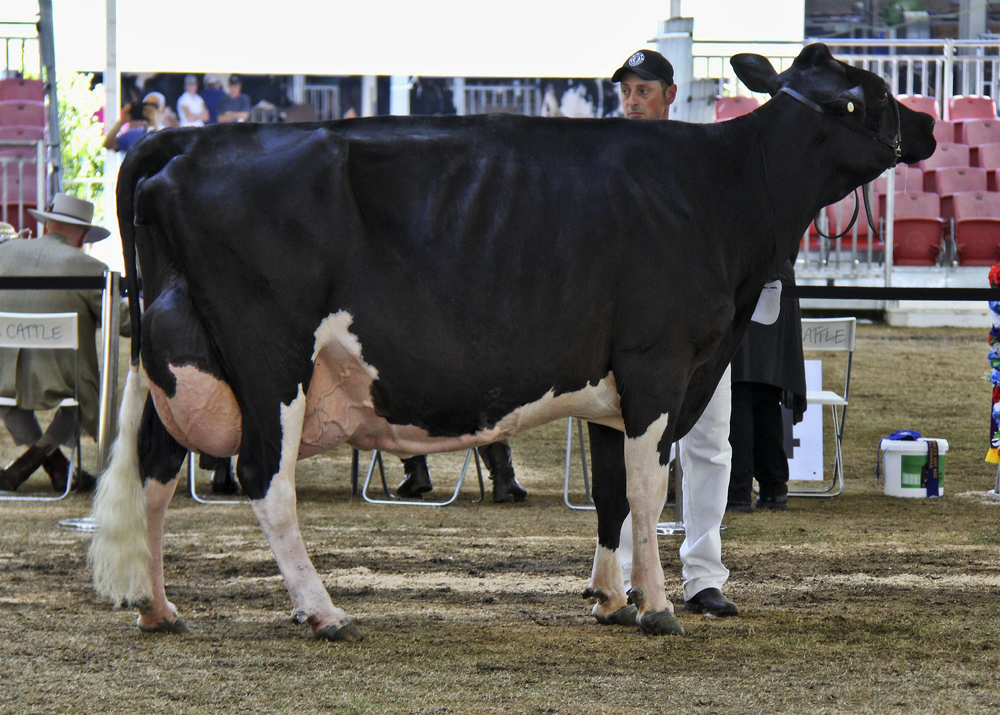
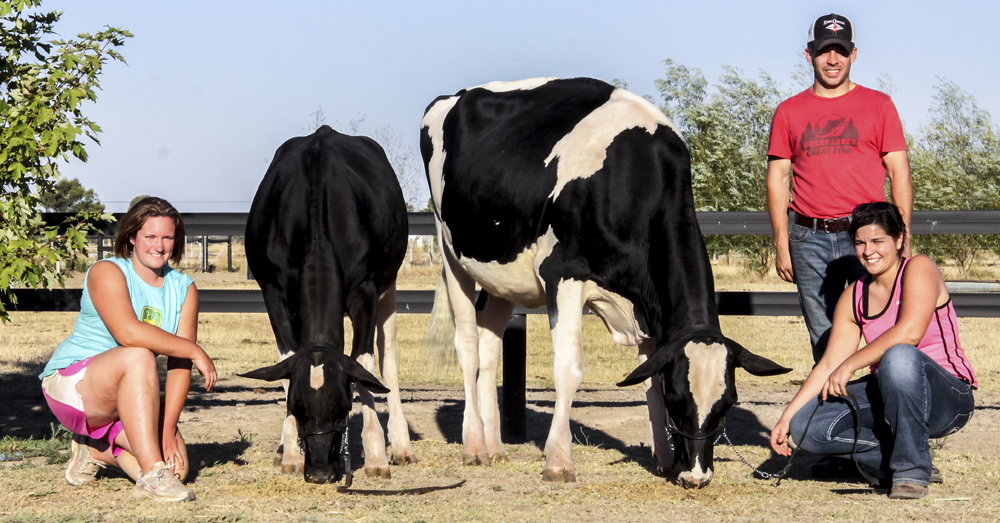

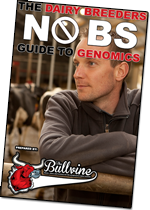
 MISunderstood
MISunderstood MISinformation
MISinformation
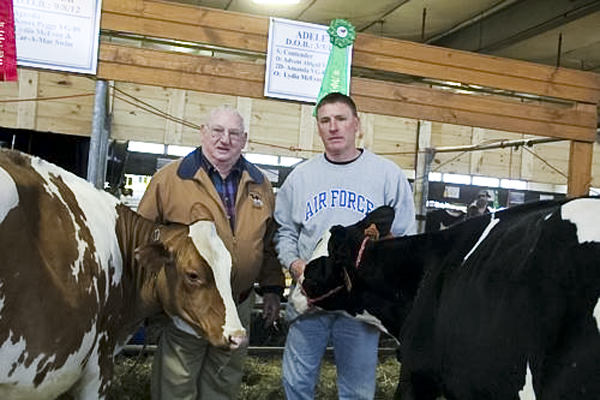
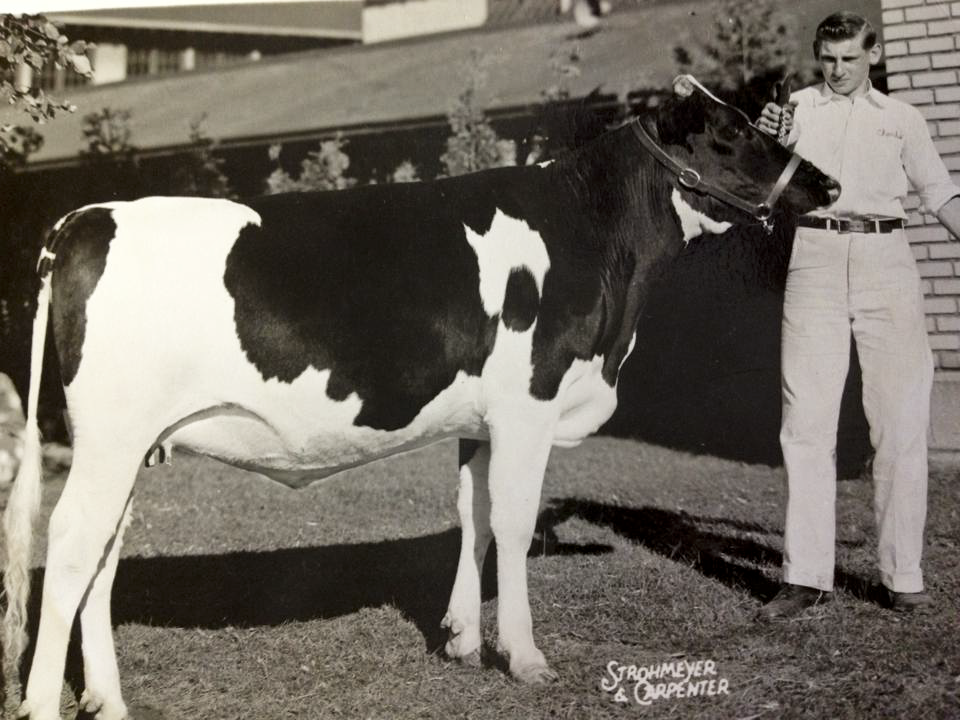
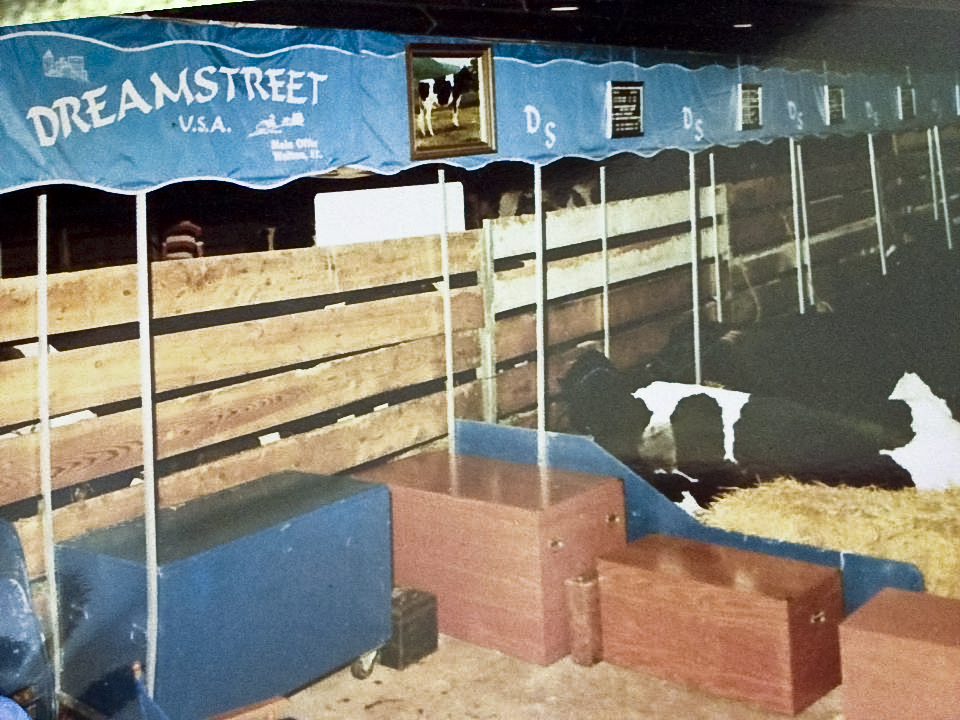
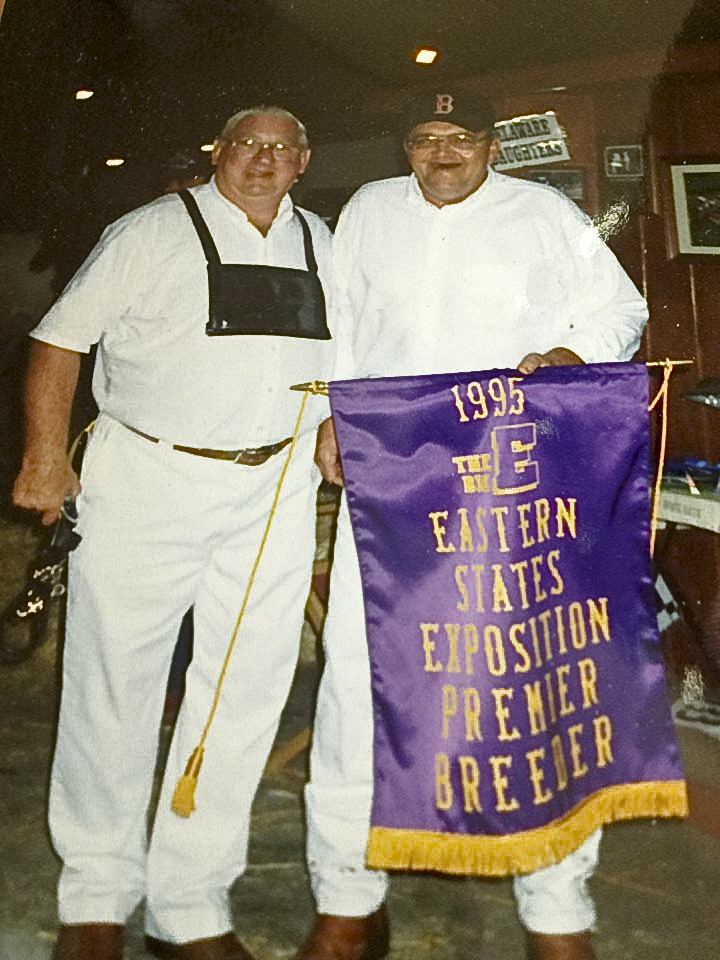
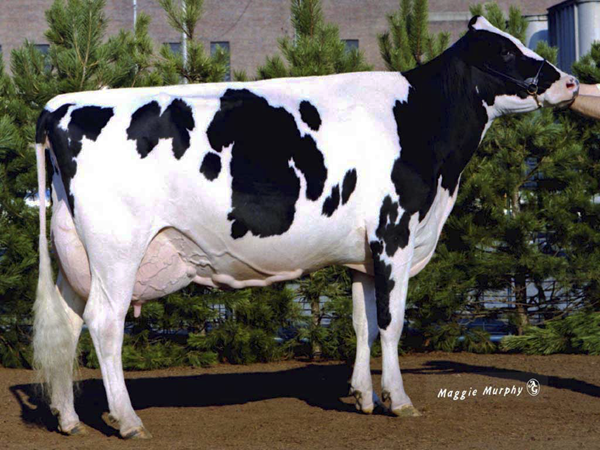
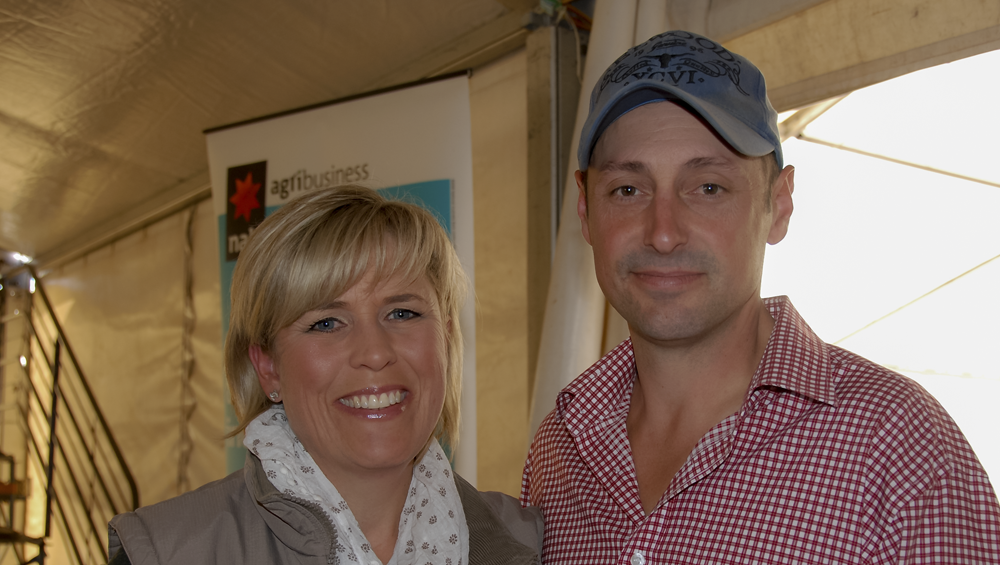
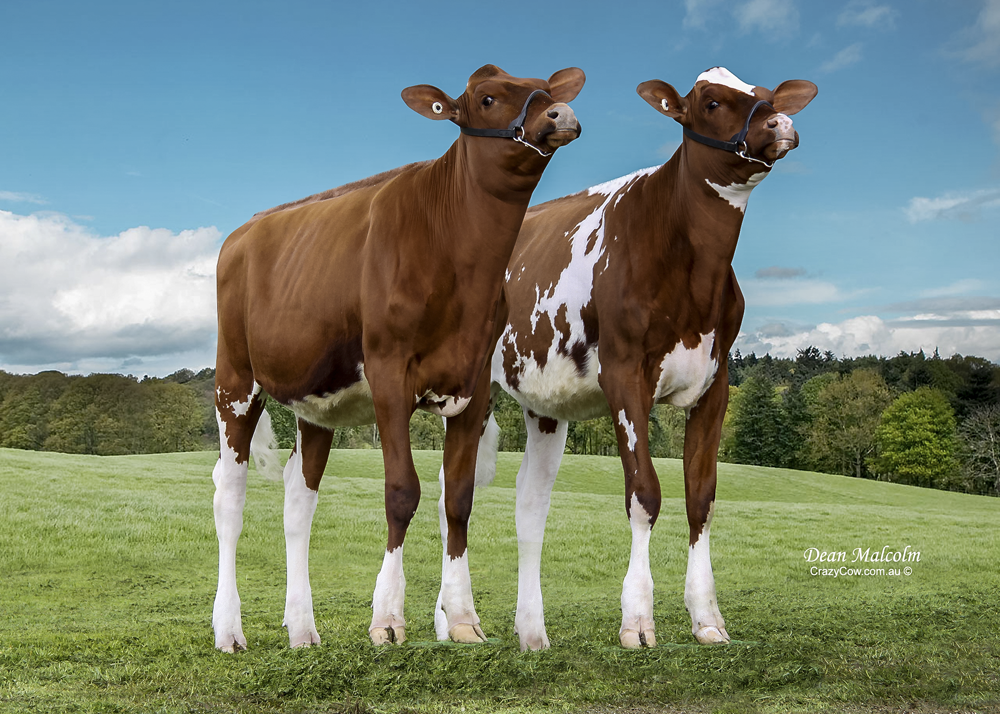
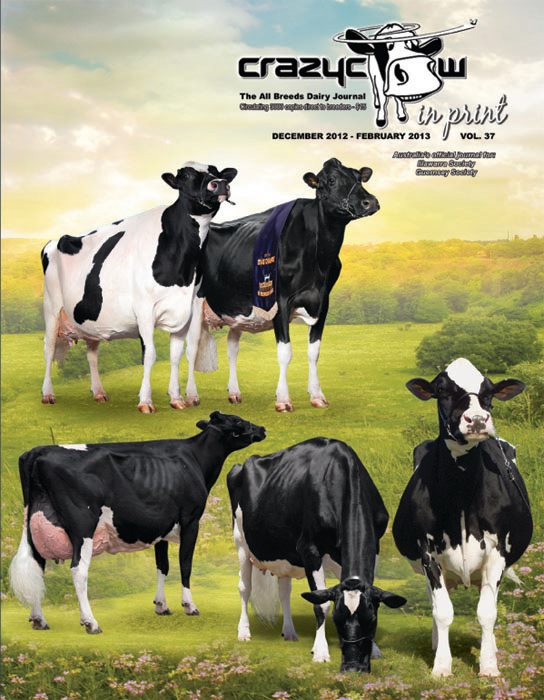
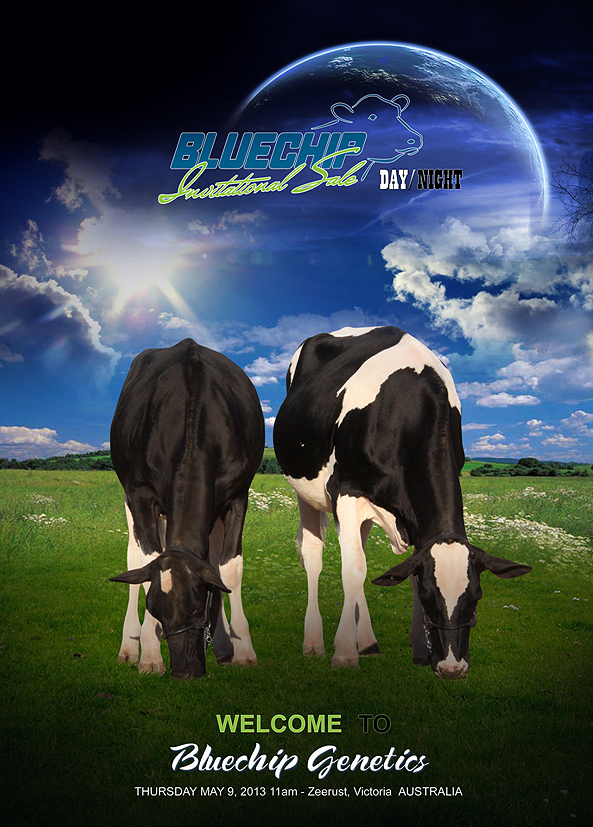
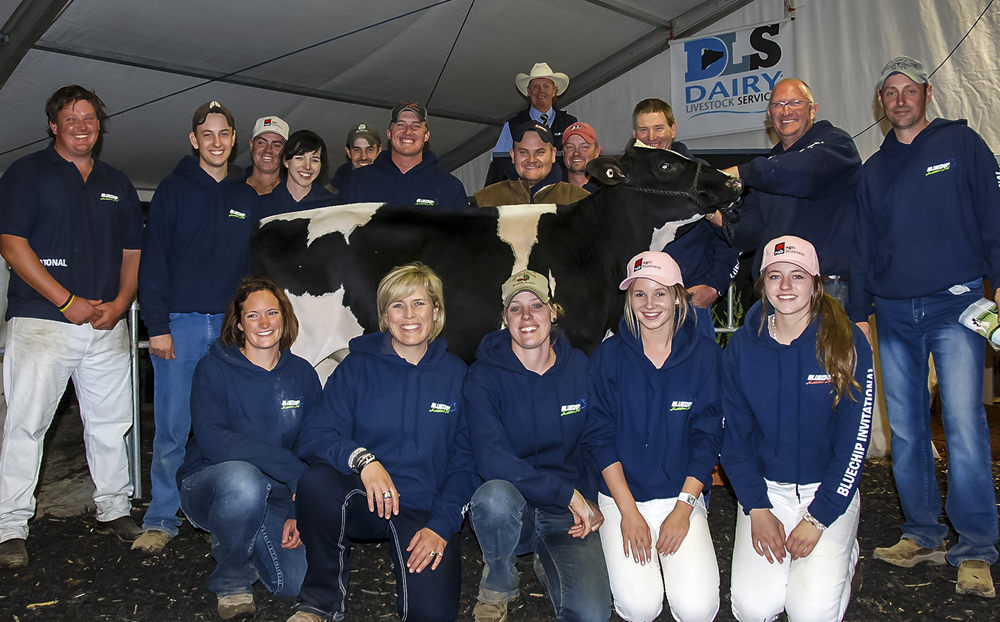
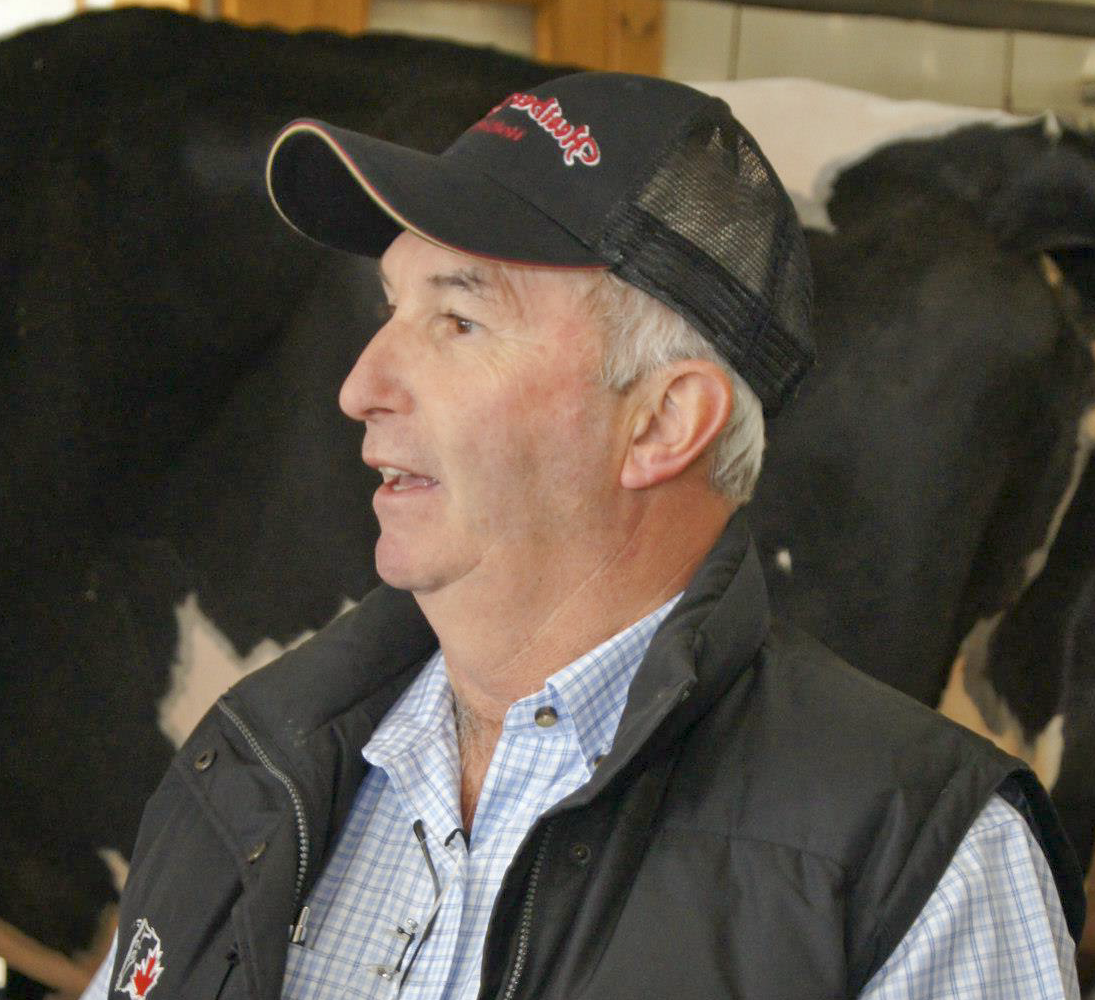 Glen has great respect for people in the barn and in the Board Room. It has served him well and been returned to him. He highlights his experiences while at the Holstein Canada Board table. “This enriching experience at the Board table has helped me develop an attitude of respect towards people and their opinions. People remember how you treat them and how you make them feel, longer than what you said. The most important ingredient of success is knowing how to get along with people.”
Glen has great respect for people in the barn and in the Board Room. It has served him well and been returned to him. He highlights his experiences while at the Holstein Canada Board table. “This enriching experience at the Board table has helped me develop an attitude of respect towards people and their opinions. People remember how you treat them and how you make them feel, longer than what you said. The most important ingredient of success is knowing how to get along with people.”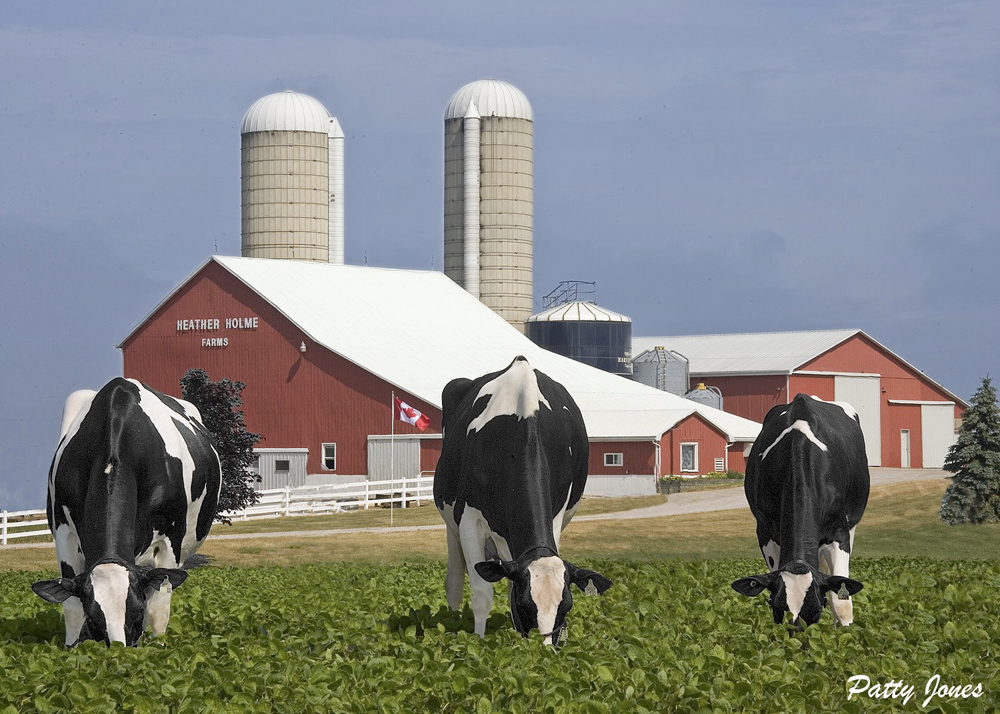
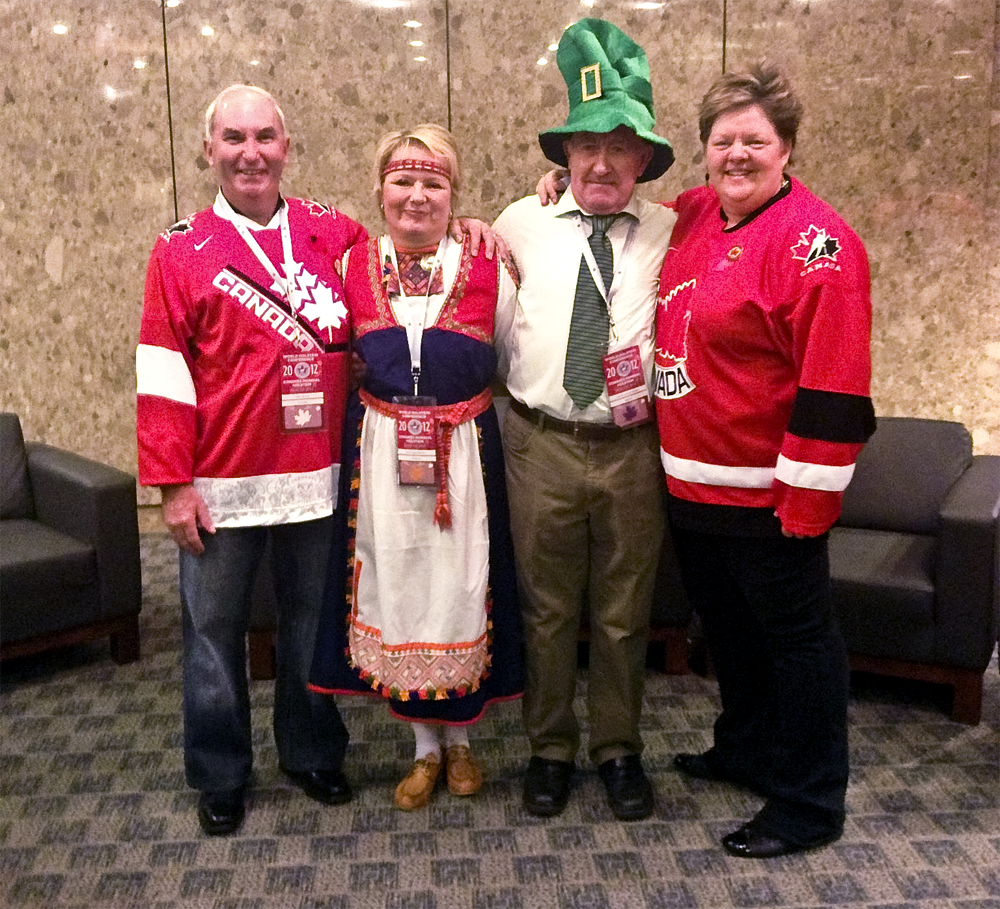
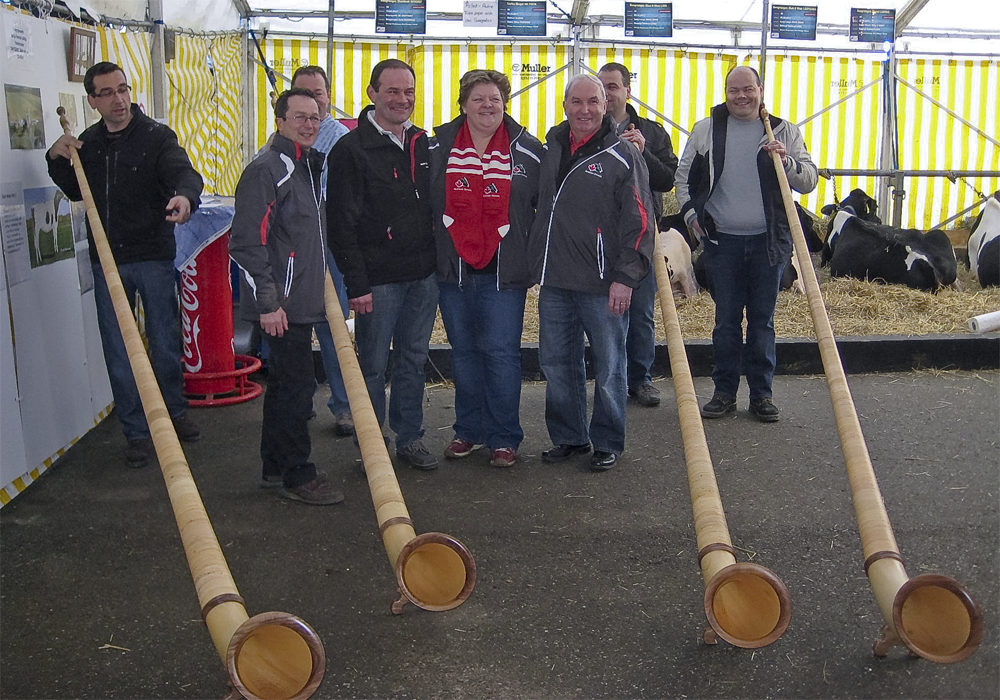
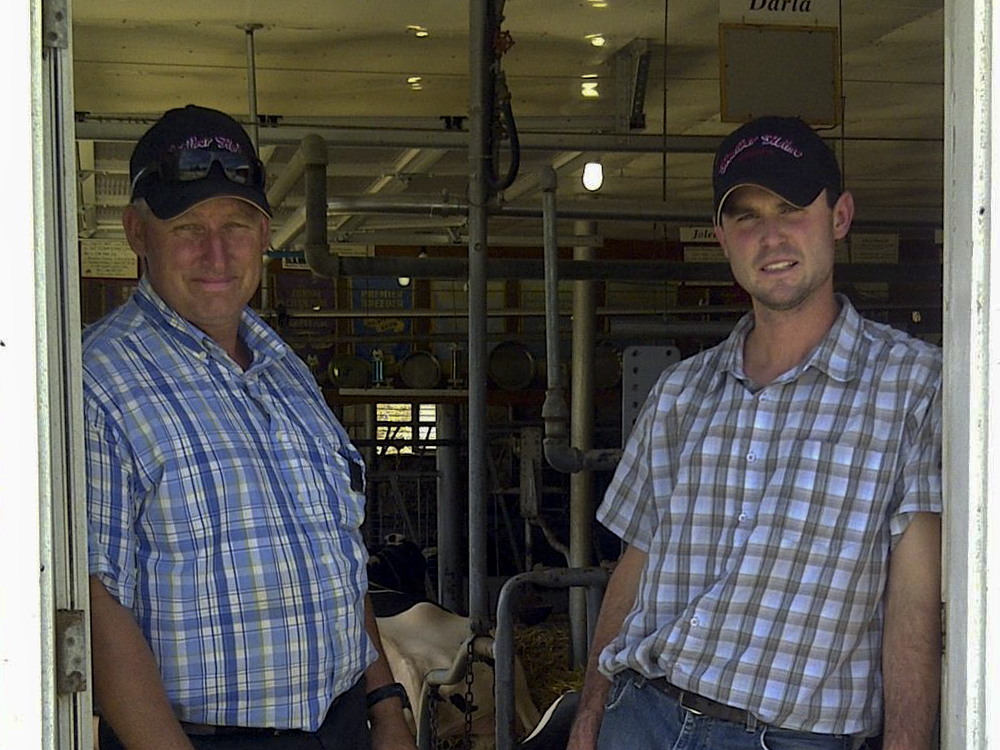

![08-001f1[1]](https://www.thebullvine.com/wp-content/uploads/2013/05/08-001f11.jpg) The ability of the calf to absorb colostrum decreases with time. By 9 hours after birth the calf can only absorb half of the colostrum. By 24 hours the amount absorbed is minimal.
The ability of the calf to absorb colostrum decreases with time. By 9 hours after birth the calf can only absorb half of the colostrum. By 24 hours the amount absorbed is minimal.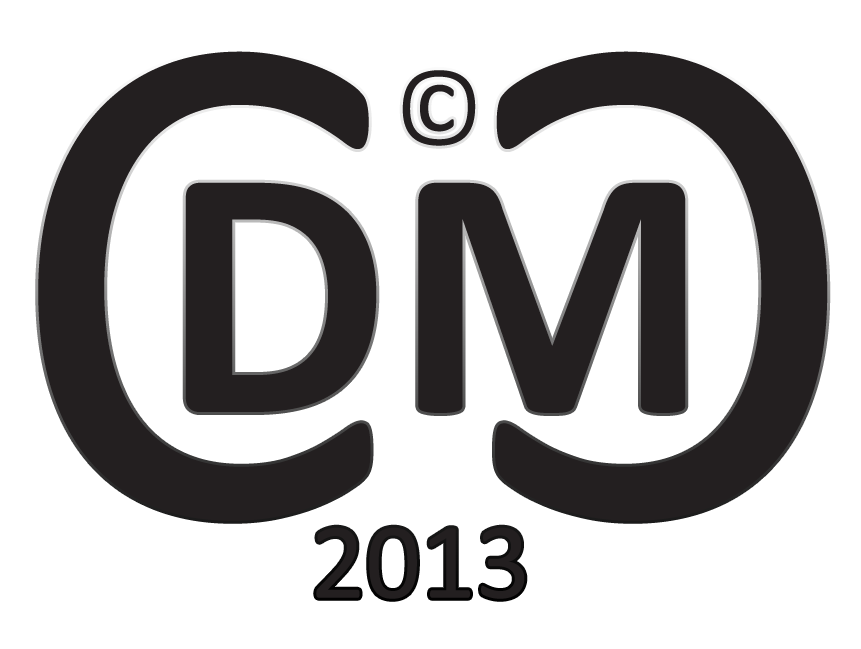
![sidney-crosby-alex-ovechkin-game-7[1]](https://www.thebullvine.com/wp-content/uploads/2013/05/sidney-crosby-alex-ovechkin-game-71.jpg) Due to the lockout of 2004-2005, Sidney Crosby and Alexander Ovechkin both entered the NHL in the same year. At the time there was great debate about who was going to be the better player. Since then the stats would tell you that Ovechkin has been the better investment. He has 371 goals, 365 assists for 735 points, whereas Crosby has had 238 goals, 427 assists for 665 points. However, sometimes numbers don’t tell the whole story. Even though Ovechkin has won more individual awards (Rookie of the Year, 2x NHL goal scoring leader, 2x most valuable player, vs. 1 MVP and 1 scoring title for Crosby), ask any NHL player which one is better and they would tell you that Crosby is by far. That is because Crosby not only puts up numbers himself but he also makes the players around him raise their level of play. For example, before playing on a line with Crosby, Chris Kunitz highest goal total was 26 in an 82 game season. This year, playing with Crosby he had 22 in the shortened 48 game season. That is an almost 50% increase. This outstanding ability to inspire others around him has resulted in Crosby having played more playoff games than Ovechkin and has already won a Stanley Cup in his career.
Due to the lockout of 2004-2005, Sidney Crosby and Alexander Ovechkin both entered the NHL in the same year. At the time there was great debate about who was going to be the better player. Since then the stats would tell you that Ovechkin has been the better investment. He has 371 goals, 365 assists for 735 points, whereas Crosby has had 238 goals, 427 assists for 665 points. However, sometimes numbers don’t tell the whole story. Even though Ovechkin has won more individual awards (Rookie of the Year, 2x NHL goal scoring leader, 2x most valuable player, vs. 1 MVP and 1 scoring title for Crosby), ask any NHL player which one is better and they would tell you that Crosby is by far. That is because Crosby not only puts up numbers himself but he also makes the players around him raise their level of play. For example, before playing on a line with Crosby, Chris Kunitz highest goal total was 26 in an 82 game season. This year, playing with Crosby he had 22 in the shortened 48 game season. That is an almost 50% increase. This outstanding ability to inspire others around him has resulted in Crosby having played more playoff games than Ovechkin and has already won a Stanley Cup in his career.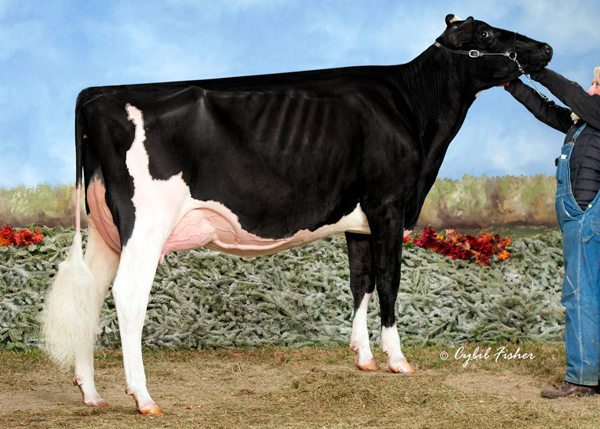

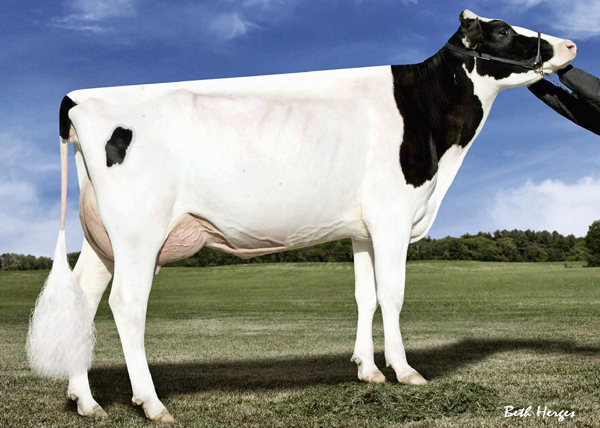
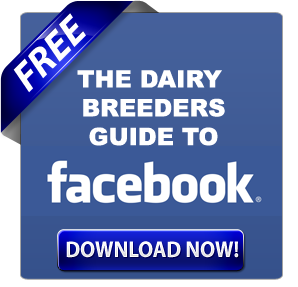
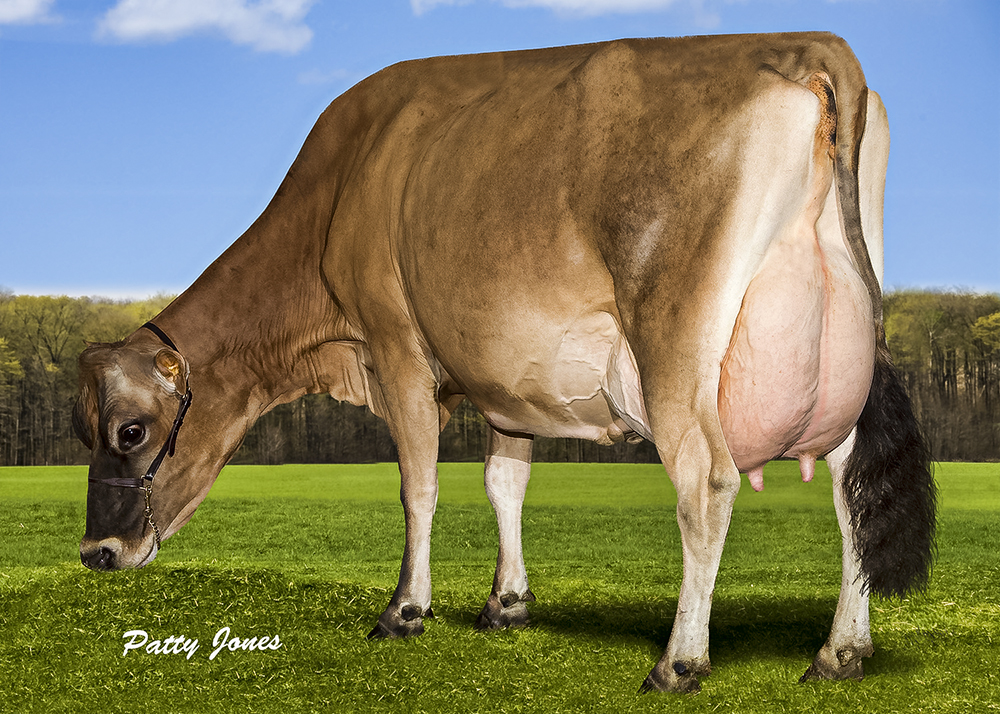

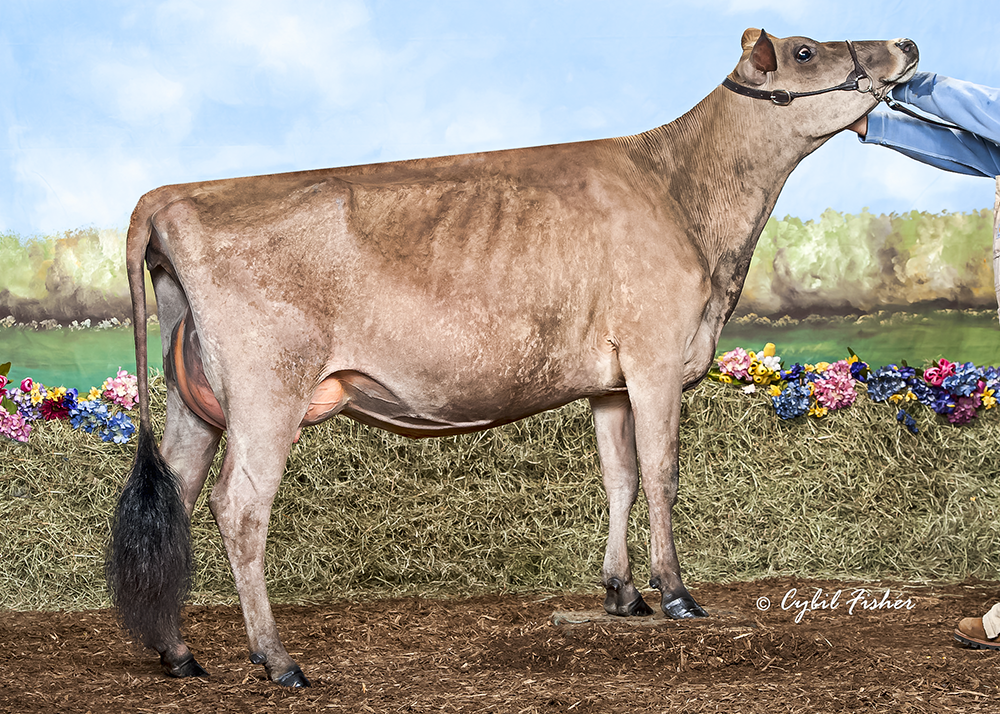
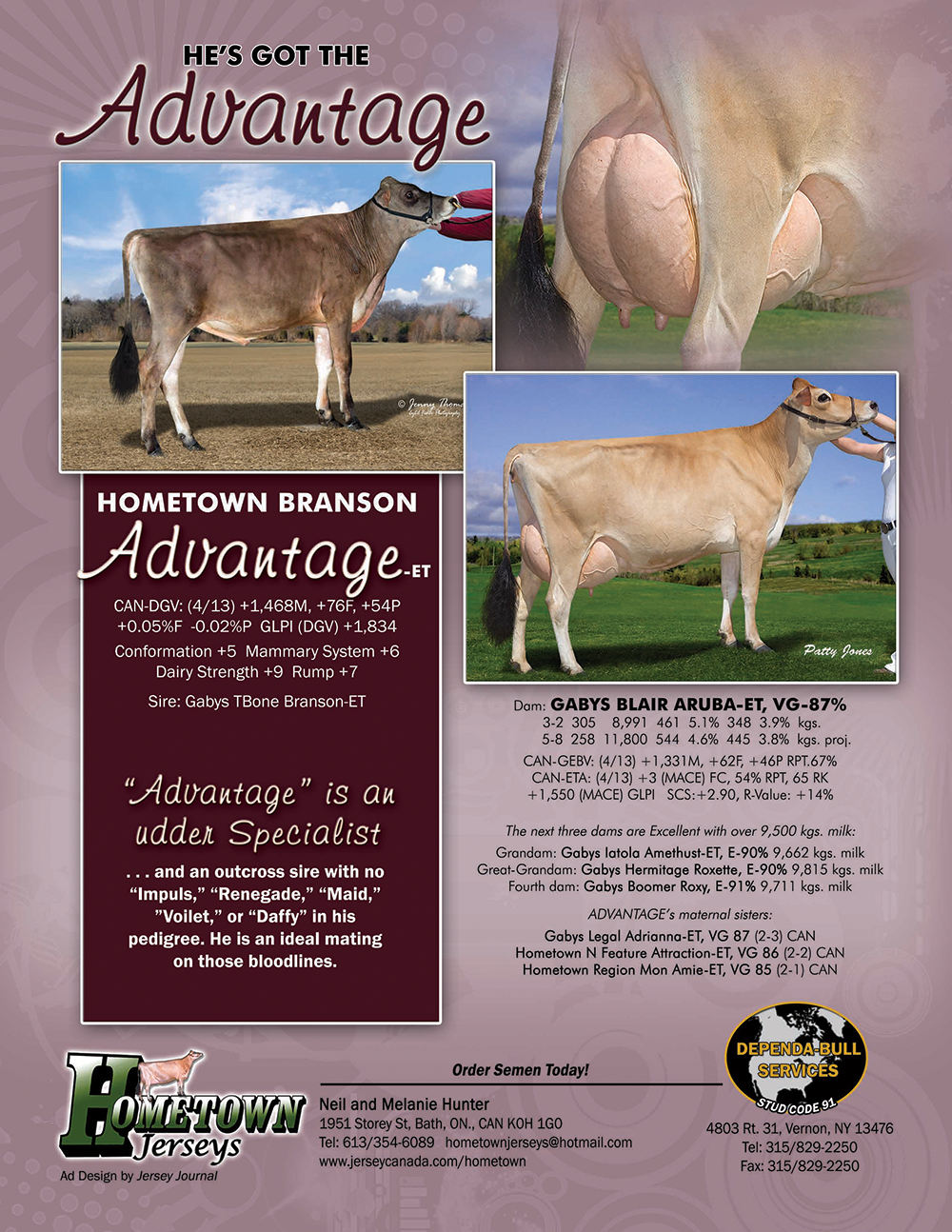
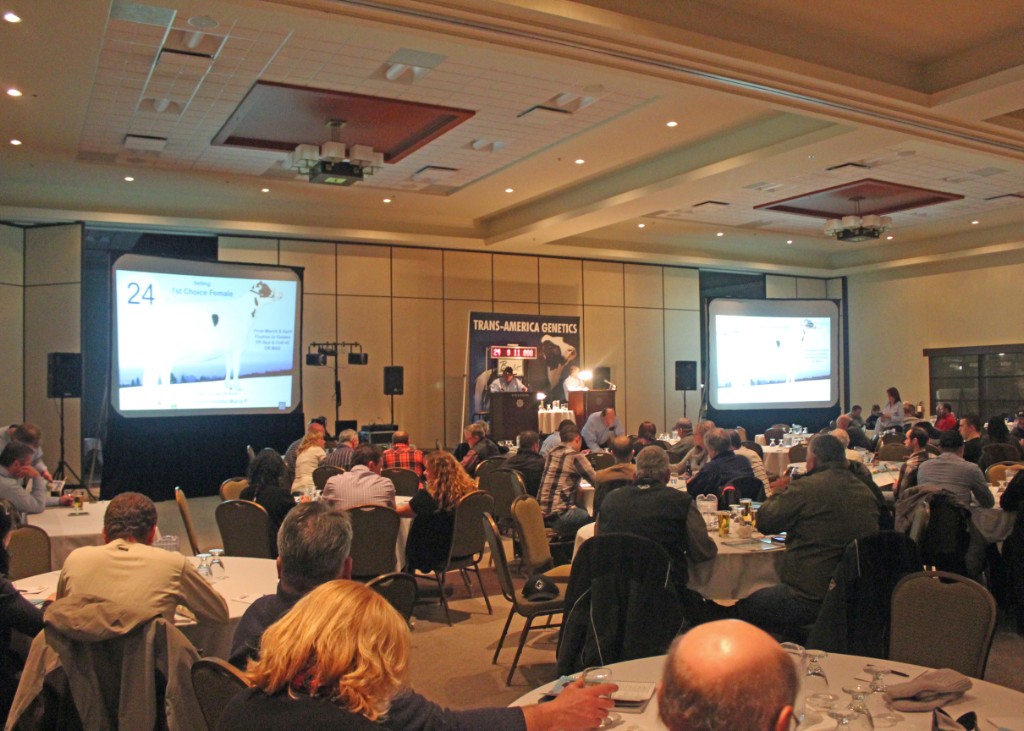 In our recent analysis of what is selling at the Canadian Auction sales of 2013, we found that high genomic animals, (animals that are over 3,000 LPI) outsold all other animals by a whopping 61%. (Read more at
In our recent analysis of what is selling at the Canadian Auction sales of 2013, we found that high genomic animals, (animals that are over 3,000 LPI) outsold all other animals by a whopping 61%. (Read more at 
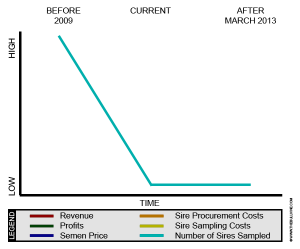
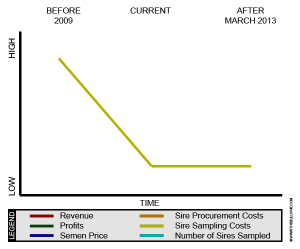
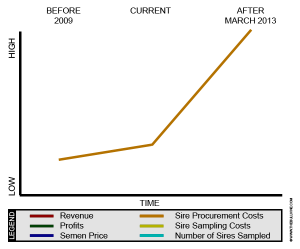
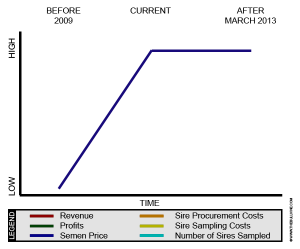
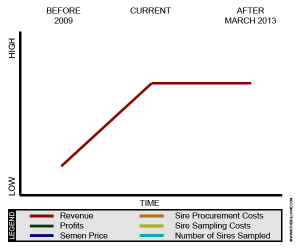
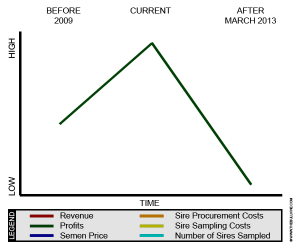
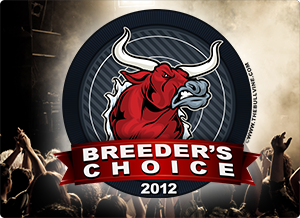


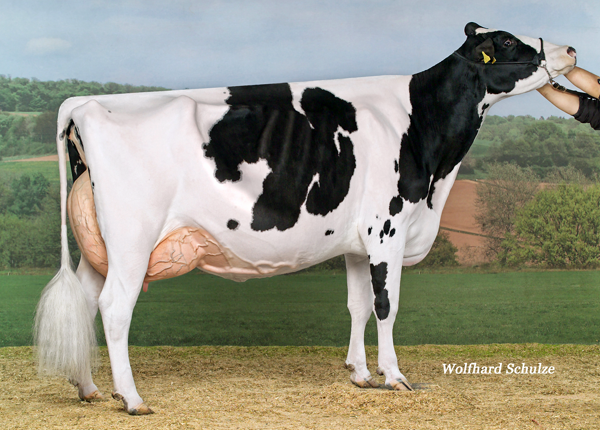
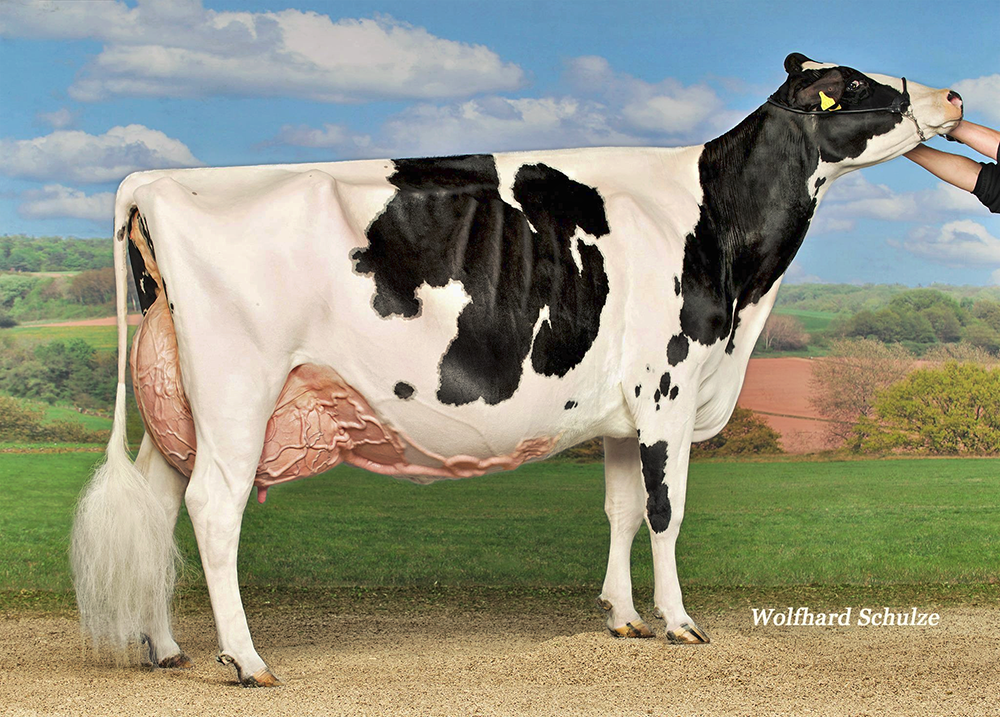
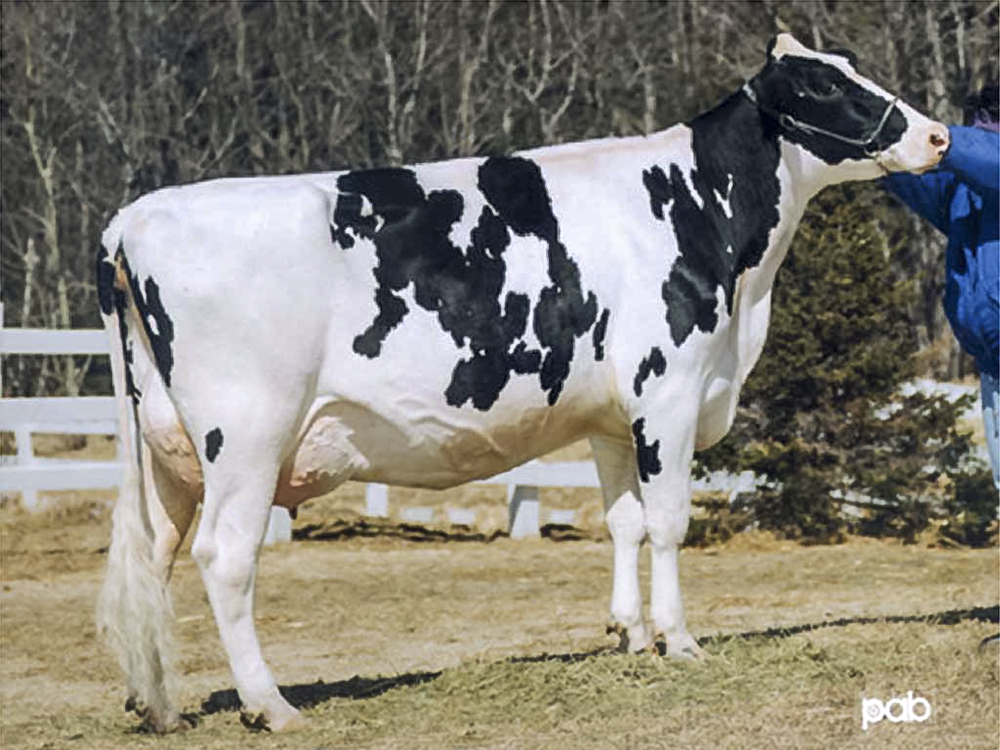





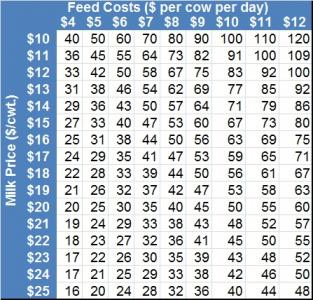
![7HO11781[1]](https://www.thebullvine.com/wp-content/uploads/2013/05/7HO117811.jpg)



